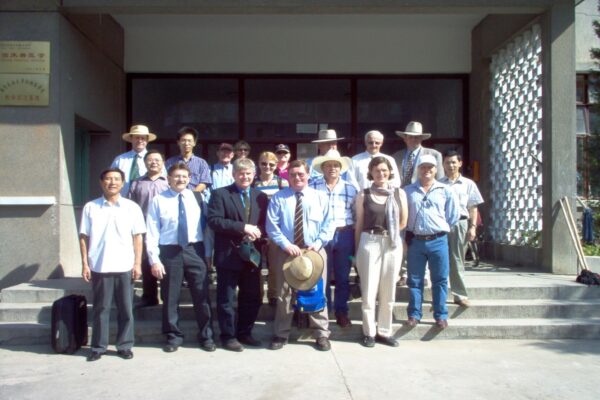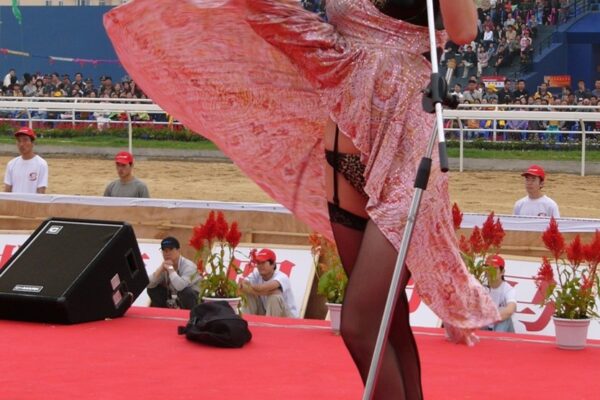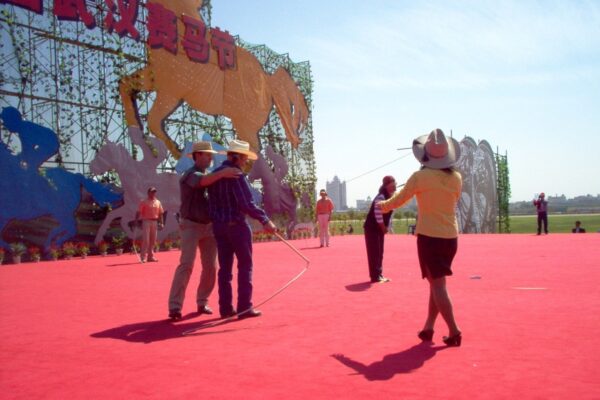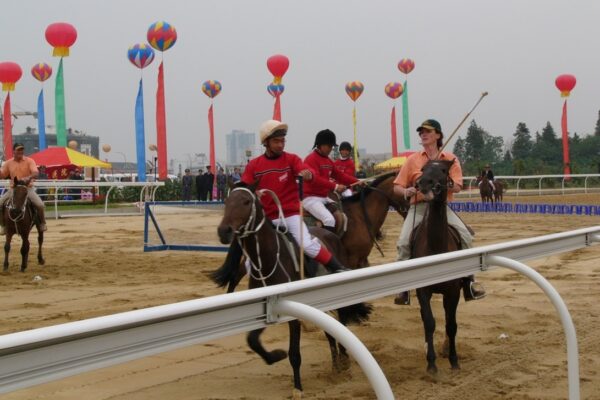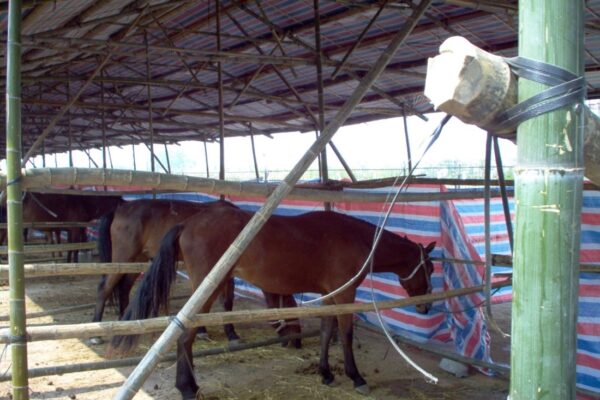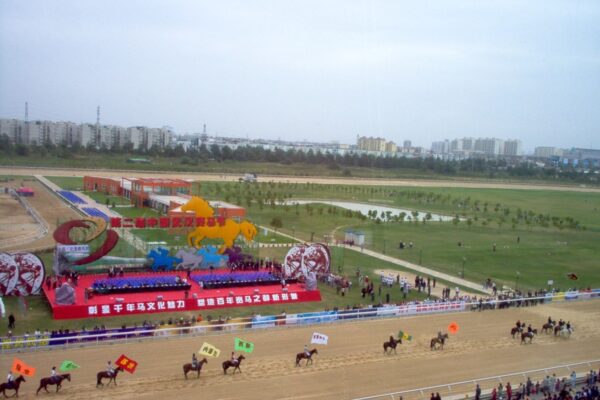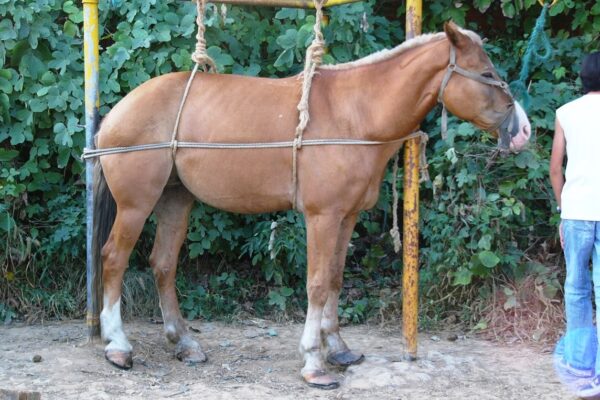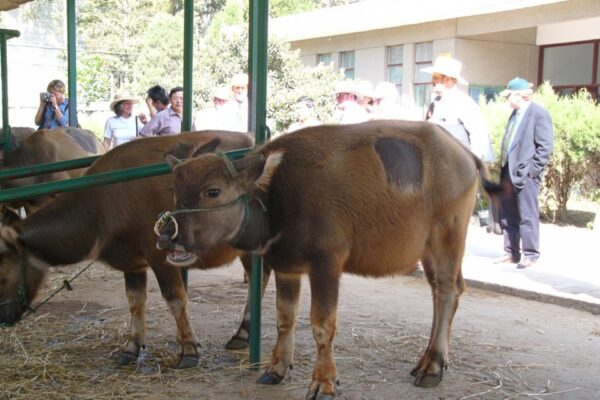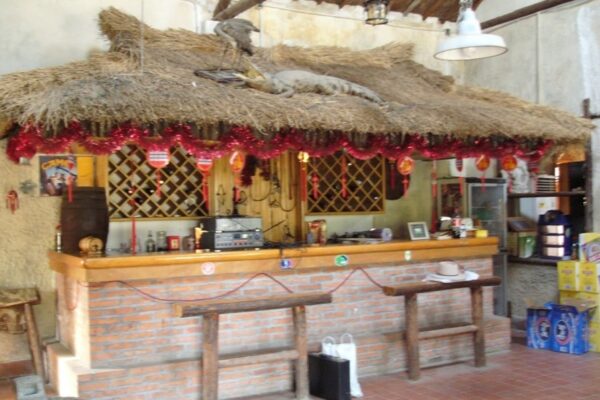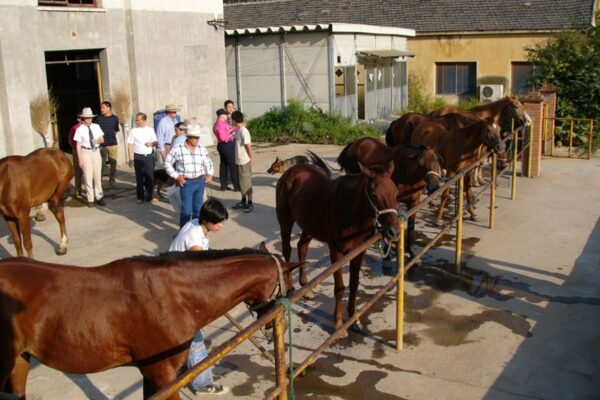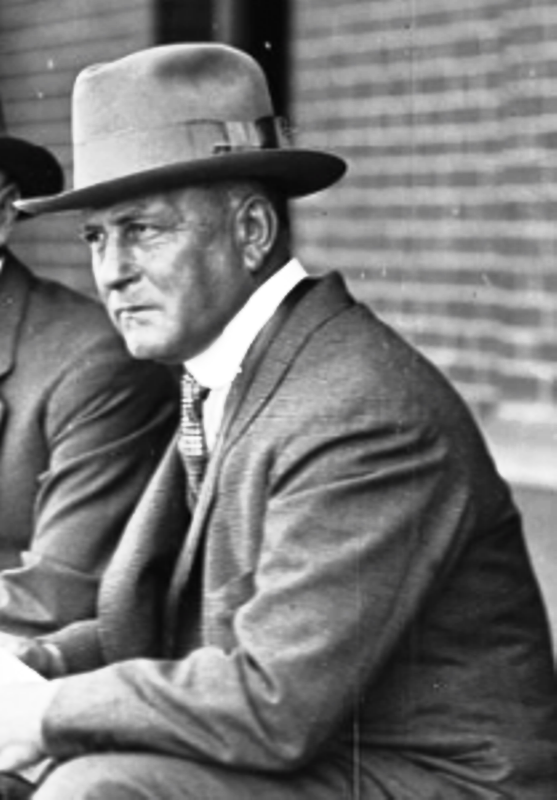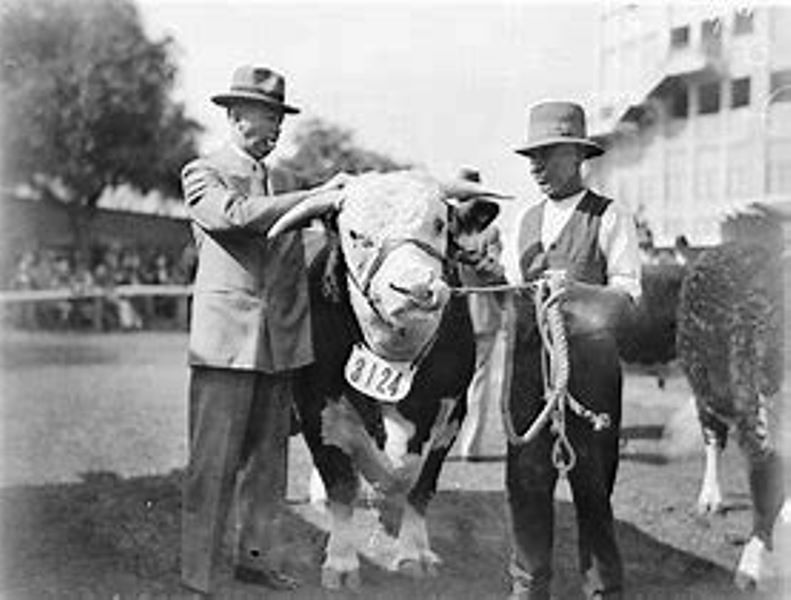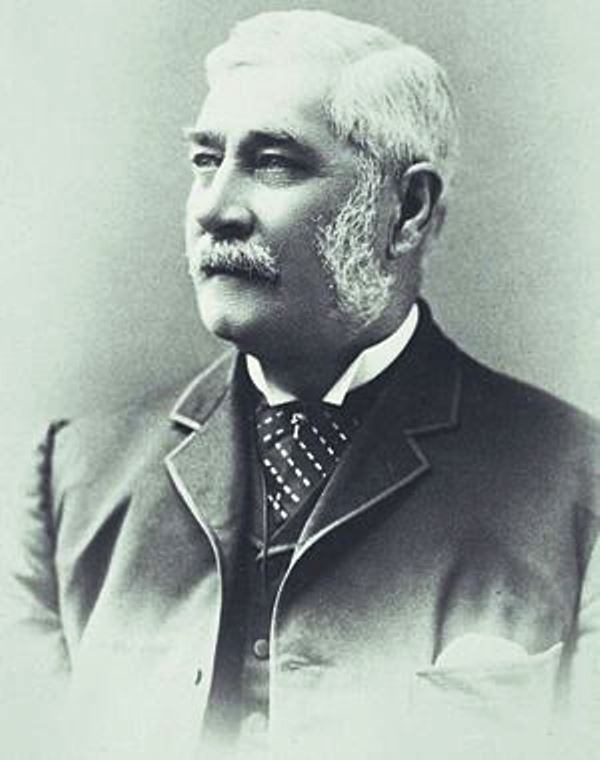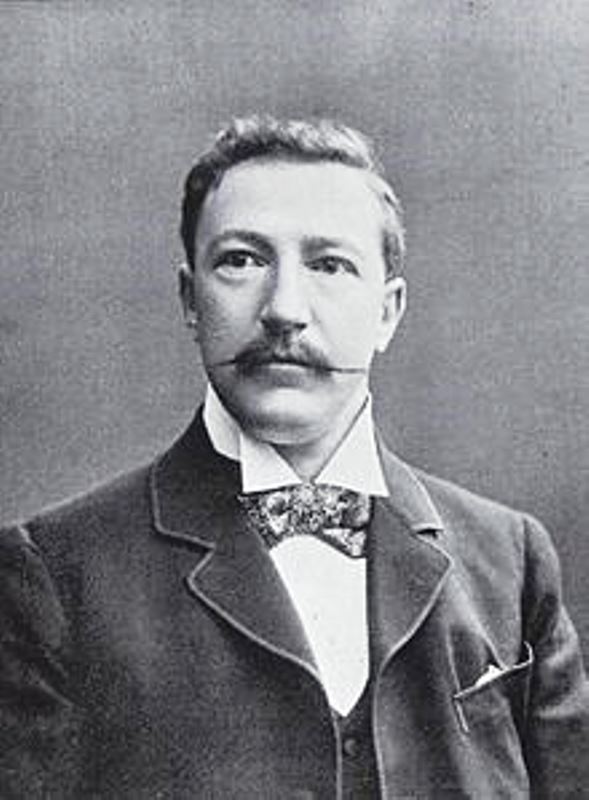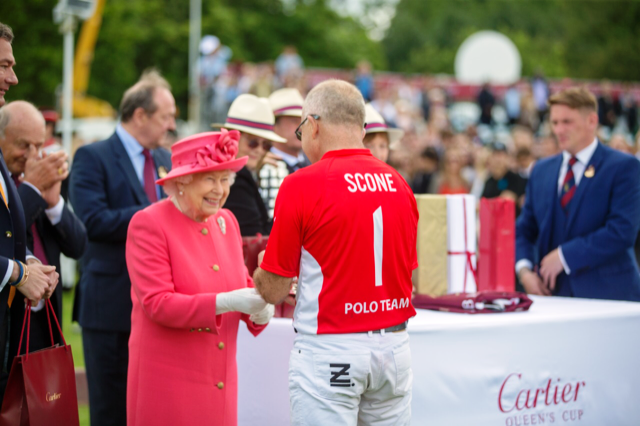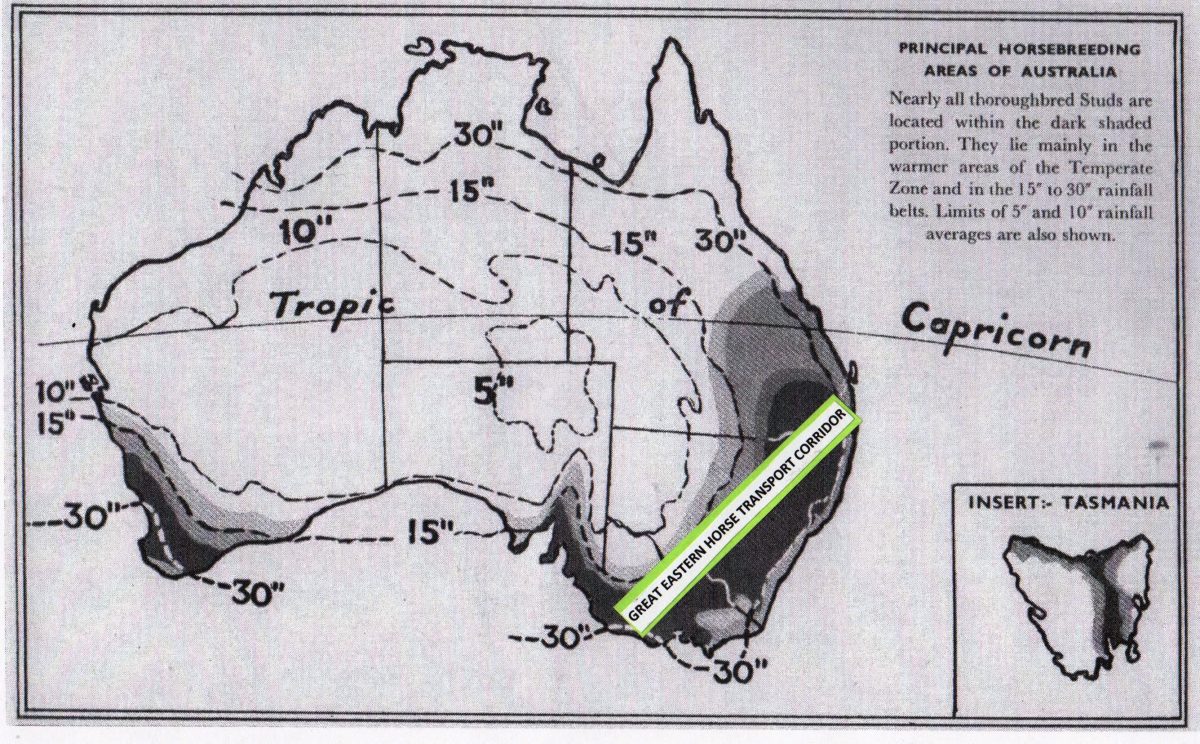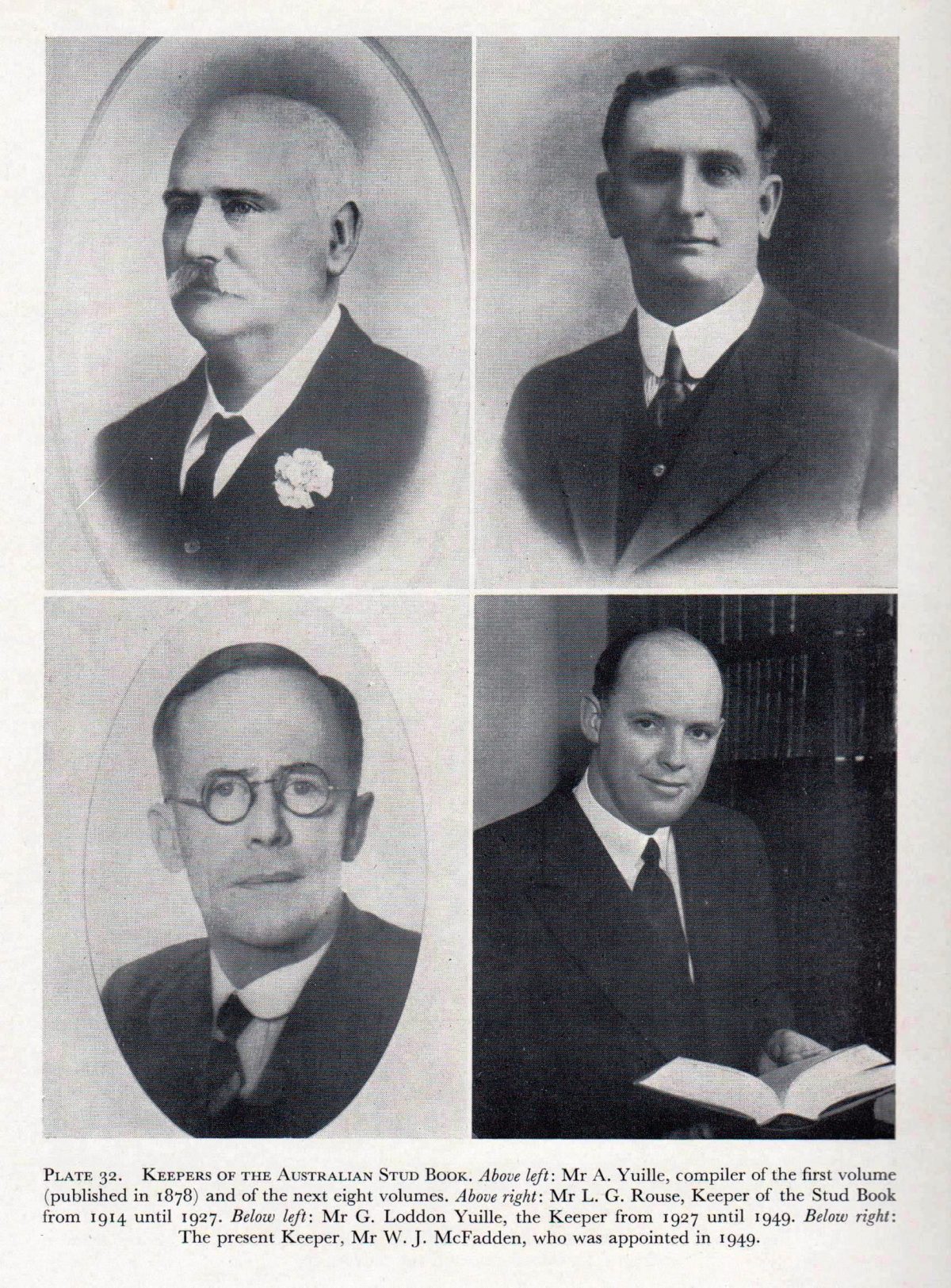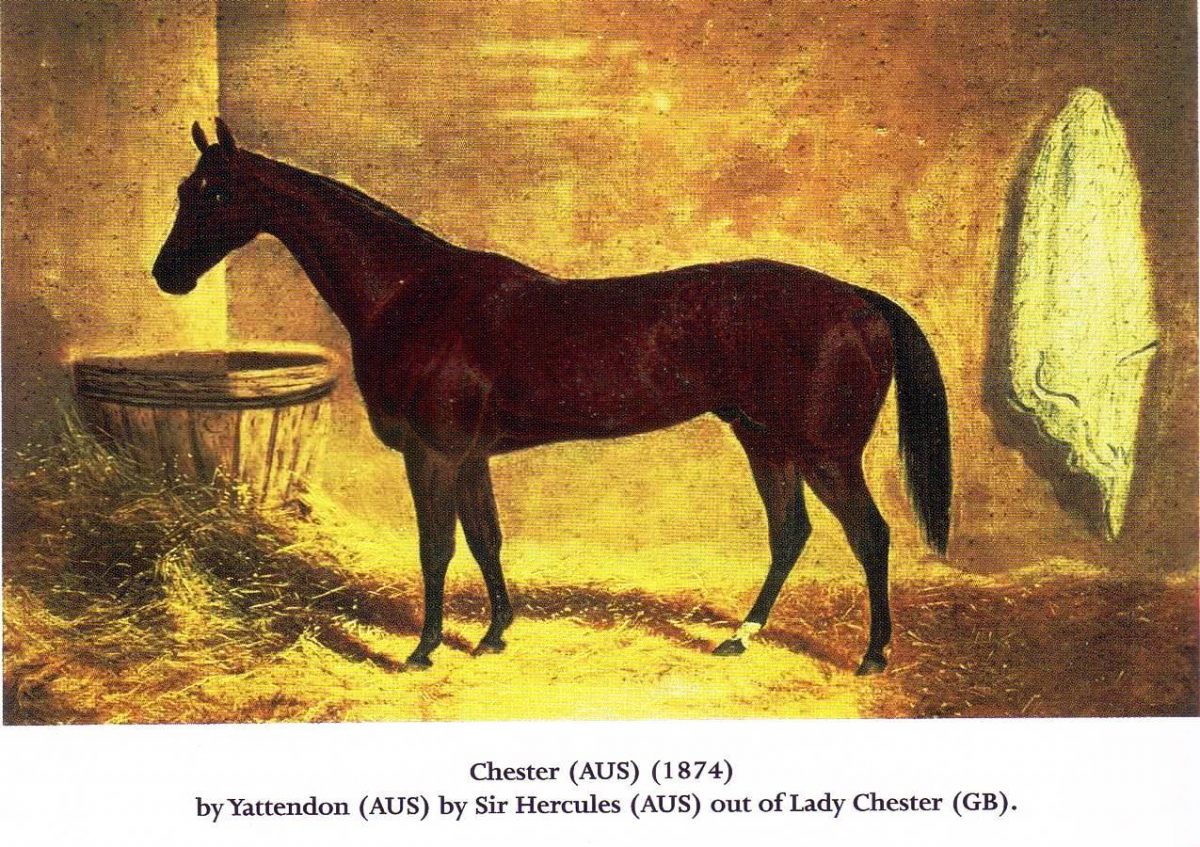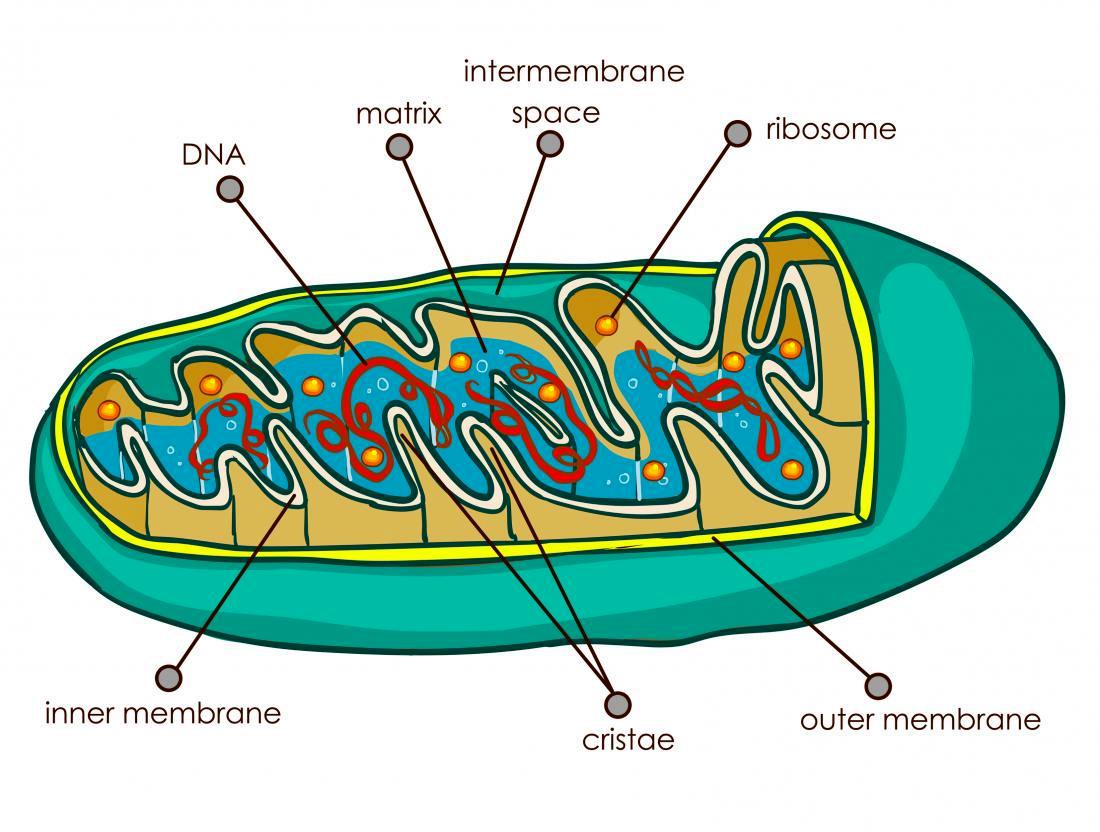Dan Lewis: Early Education at Scone
Old Time Racing and Sport: And Those Who Contributed To It
Acknowledge: This article appeared in the Scone Advocate around the 1950s and was written by A. F. S.; possibly one of the Smith family who had control of the newspaper at that time.
Featured Image: Leading Trainer Dan Lewis (NZ) at Randwick; Young Dan Lewis and his brother Hyman honed their early skills at Scone’s pigeon shoots
See also: https://kingsoftheturf.com/1946-dan-lewis-concerto-hit-the-right-note/
1946 – Dan Lewis & Concerto Hit the Right Note!
By Ian Ibbett
In 1940’s
At the beginning of spring in 1946 the man generally acknowledged as the finest trainer of stayers in Sydney, had never won a Derby either at Randwick or Flemington. The figure in question was the 71-year-old Dan Lewis. A Derby victory might have been missing from his curriculum vitae, but he already had four Sydney Cups to his name. A true gentleman of few words, and those few spoken in a soft and courteous manner, Dan Lewis had cut a distinctive figure on Sydney racecourses over many years with his trademark bowler hat, bow tie and pipe. He was to remain reticent throughout a training career crowded with success in which his best two years were still to come, although he never did manage to top the Sydney trainers’ premiership. Born in Auckland, New Zealand, in 1875 the son of Henry Lewis, a publican, Dan came from a large and well-educated middle-class family that numbered among his brothers both a doctor and a solicitor. The young Dan was the only son ever attracted to horse racing.
